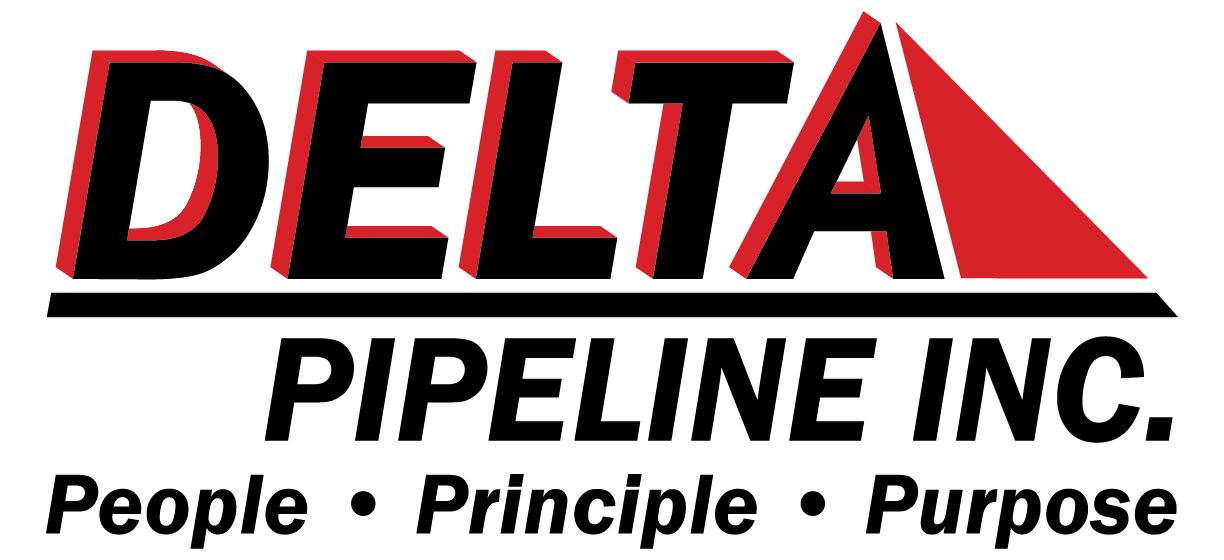Safety Issues to Consider Before Digging
Before you fire up the equipment and start digging, consider the various safety hazards that will keep your excavation team and everyone around the site fully protected. Poor research, planning, and execution can lead to cave-ins, equipment damage, underground electrical hazards, and serious injuries.
Here are the five key safety hazards Delta Pipeline and OSHA recommend you keep in mind when digging:
- Safe Entry & Exit
As you dig, you must always ensure a safe way to enter and exit the space—and employees should be familiar with these safety precautions. Another essential step in keeping workers safe includes understanding how to handle equipment in and around trenches.
- Cave-In Protection
Cave-ins are the biggest concern when digging. To avoid life-threating cave-ins, the dig should be carefully planned and engineered to prevent this. The trench should be properly sloped, shored, and shielded as you dig further into the ground.
- Edge Protection
In addition to shoring the inside to prevent cave-ins, keeping materials and heavy equipment away from the edge of the hole will be a life-saving practice. Even with protection in place, the edges are weak spots where too much weight leads to collapses. Workers can fall in and get hurt. Equipment could be damaged or lost. Always set up a safe perimeter and keep everyone—and everything—from ever getting too close to the edge.
- Standing Water & Other Hazards
Inspect the site before digging or commencing daily dig operations. Standing water is a significant concern in trenches and other dig sites and may be a sign that an underground pipe was breached or that you have dug below the water table. When this happens, water will quickly erode the soil and weaken the dig structure, also causing cave-ins and equipment damage inside the trench. If you do have standing water, pump it out quickly and safely. If it returns—as is often the case with groundwater—you will need to engineer a plan to prevent further seepage and erosion. Other hazards to identify before digging include electrical lines, underground piping, loose cables and ropes, and natural gas pockets.
- Proper Inspection
Never enter a trench unless it has been properly inspected—which should occur daily before any further digging gets underway. Inspect for ground water, other hazards, and structural integrity.
Any dig site should be properly planned, engineered, and regularly inspected. In addition, all workers should have the necessary safety training and equipment. Familiarizing the team with these proactive steps can save a job site, and most importantly, a life.
At Delta Pipeline, we do underground utilities right. We know what it takes to safely dig, install, and backfill underground utilities. Contact us today to learn more about our services and how we can help your next underground project run smoothly.



